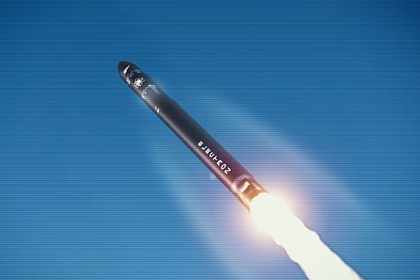
Rocket Lab will create a reusable medium Neutron rocket designed to launch about 8 tons of payload into low-earth orbit, the American company said. TASS notes that the planned carrier has the same carrying capacity as the Russian disposable Soyuz-2.1b.
The length of the two-stage Neutron rocket will be 30 meters, the diameter of its nose fairing is 4.5 meters. According to Rocket Lab, the potential competitor Soyuz-2.1b will be able to deliver up to 2 tons to the Moon, and up to 1.5 tons to Venus and Mars. The reusable technology in Neutron is planned to be implemented by landing its first stage on a platform in the ocean.
The launch vehicle should be carried out from the Wallops Cosmodrome (Virginia). The first launch of Neutron is scheduled for 2024, and the corresponding launch pad at the cosmodrome should be ready by the same date. Rocket Lab is currently looking for a site to build a plant to manufacture Neutron.
In February, Dmitry Baranov, general director of the Progress Rocket and Space Center (RSC), announced a delay in the development of the Amur-LNG medium reusable rocket. The head noted that the preliminary design of this carrier, which should operate on oxygen-methane fuel steam, has been completed by about 95 percent.
In November 2020, the second company in the world after SpaceX, the American Rocket Lab, successfully preserved the first stage of the rocket after launch for the first time.
Rocket Lab currently has a disposable ultralight rocket, Electron, capable of launching up to 225 kilograms of payload into low-earth orbit. The media is created using composite materials and 3D printing technology, which allows it to be produced and launched quickly. Rocket Lab plans to conduct up to 50 launches per year. The cost of launching a rocket does not exceed $ 6.6 million.

